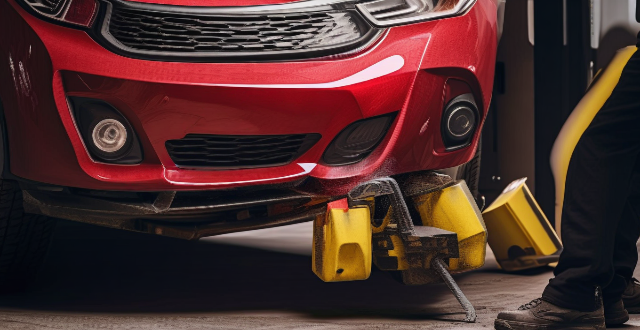Measuring a car's acceleration during a performance test involves choosing the right tools, setting up the test, installing the tools in the car, starting the test, analyzing the data, and interpreting the results. The most common tools used for measuring acceleration are accelerometers, GPS speedometers, and data loggers. Before starting the test, it is important to determine the test distance, starting point, and ending point. Once everything is set up, the test can be started by warming up the engine, aligning the car with the starting line, engaging the brakes, releasing the brakes, and maintaining steady acceleration. After completing the test, the data collected should be analyzed using specialized software to determine key metrics such as time to accelerate, peak acceleration, and average acceleration. Finally, based on the data collected, the results should be interpreted to determine how well the car performed during the test.

Measuring a Car's Acceleration During a Performance Test
During a performance test, measuring a car's acceleration is crucial for evaluating its power and speed. Here are the steps to measure a car's acceleration:
1. Choose the Right Tools
To accurately measure a car's acceleration, you need the right tools. The most common tools used for this purpose are:
- Accelerometer: A device that measures the car's acceleration by detecting changes in velocity over time.
- GPS Speedometer: A device that uses satellite signals to calculate the car's speed and distance traveled.
- Data Logger: A device that records data from various sensors, including accelerometers and GPS speedometers.
2. Set Up the Test
Before you start testing, make sure you have a clear understanding of the test parameters. This includes:
- Test Distance: Determine the distance you want to cover during the test. A typical test might cover 1/4 mile (402 meters) or 1/8 mile (201 meters).
- Starting Point: Identify the starting point of the test, which should be marked clearly on the track.
- Ending Point: Identify the ending point of the test, which should also be marked clearly on the track.
3. Install the Tools
Install the chosen tools in your car according to the manufacturer's instructions. Make sure they are securely mounted and not interfering with any critical systems in the car.
4. Start the Test
Once everything is set up, start the test by following these steps:
1. Warm Up the Engine: Make sure the engine is warmed up properly before starting the test.
2. Line Up at the Starting Line: Align your car with the starting line and prepare to accelerate.
3. Engage the Brakes: Keep your foot on the brake pedal until you are ready to start accelerating.
4. Release the Brakes: Release the brakes and immediately press down on the accelerator pedal to start accelerating.
5. Maintain Steady Acceleration: Keep a steady pressure on the accelerator pedal as you approach the ending point of the test.
5. Analyze the Data
After completing the test, download the data from your data logger and analyze it using specialized software. Look for key metrics such as:
- Time to Accelerate: How long it takes for your car to reach a specific speed or distance.
- Peak Acceleration: The highest acceleration your car achieves during the test.
- Average Acceleration: The average acceleration your car maintains throughout the test.
6. Interpret the Results
Based on the data collected, interpret the results to determine how well your car performed during the test. Consider factors such as:
- Power Output: Did your car generate enough power to achieve high acceleration?
- Weight Distribution: Was your car's weight distribution optimized for maximum acceleration?
- Tire Traction: Did your tires provide adequate grip for maximum acceleration?
By following these steps, you can accurately measure a car's acceleration during a performance test and evaluate its overall performance.